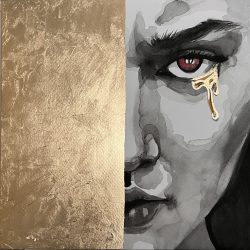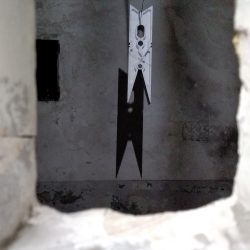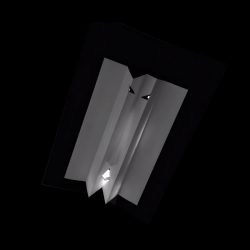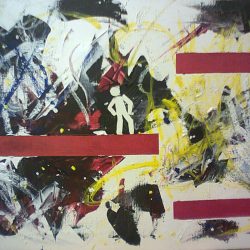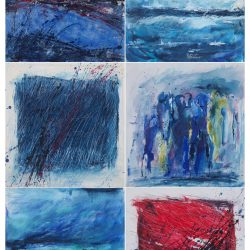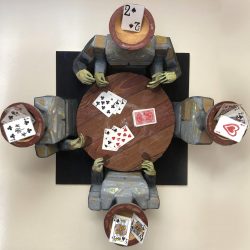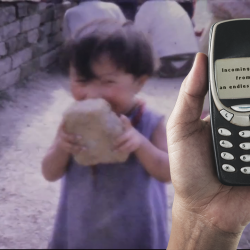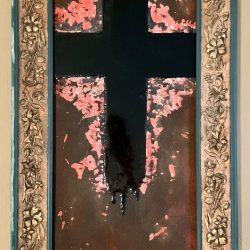work
ISTANTANEE (t →∞)
| category | Video |
| subject | Political / Social, Human figure |
| tags | |
| minutes | 21 |
| seconds | 15 |
| year | 2016 |
Video installation, seven TVs, colour, no sound, loop
The video installation "SNAPSHOT (t → ∞)" focuses on the double track of public and private dimension and reflects on the individual inner space related to its living among the others.
The project derives from the fascination for the history of the old photography -when a very long pose was needed to take a portrait- and from a series of questions about what we show on our most visible surface: the face. Based on these assumptions, I asked to seven people to pose in front of the camera, to offer it their best smile, keeping it as long as possible. Infinite micro-expressions appeared on their faces, passing - in some cases - from smile to tears. Faces have been turned into moving masks on which, in spite of themselves, all expressions that escape control are projected into a fluid continuum. The choral arrangement of the monitors on display relates the individuals to plurality, showing each one enclosed in his/her own effort, among the others, all in the same space.
The title refers to the study of limits in mathematics: what happens to y if time tends to infinity? What happens if a spontaneous and immediate gesture like a smile is forced to last?
The video installation "SNAPSHOT (t → ∞)" focuses on the double track of public and private dimension and reflects on the individual inner space related to its living among the others.
The project derives from the fascination for the history of the old photography -when a very long pose was needed to take a portrait- and from a series of questions about what we show on our most visible surface: the face. Based on these assumptions, I asked to seven people to pose in front of the camera, to offer it their best smile, keeping it as long as possible. Infinite micro-expressions appeared on their faces, passing - in some cases - from smile to tears. Faces have been turned into moving masks on which, in spite of themselves, all expressions that escape control are projected into a fluid continuum. The choral arrangement of the monitors on display relates the individuals to plurality, showing each one enclosed in his/her own effort, among the others, all in the same space.
The title refers to the study of limits in mathematics: what happens to y if time tends to infinity? What happens if a spontaneous and immediate gesture like a smile is forced to last?



